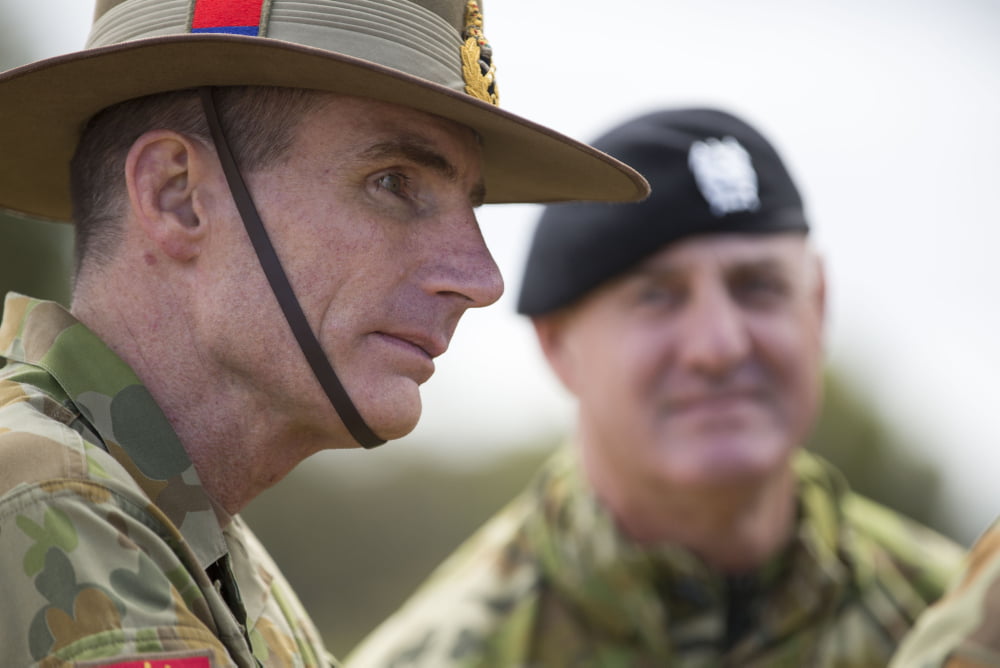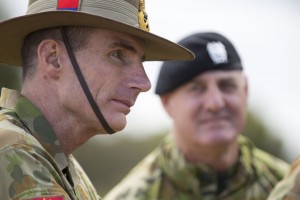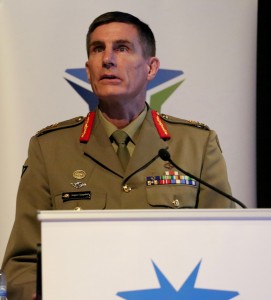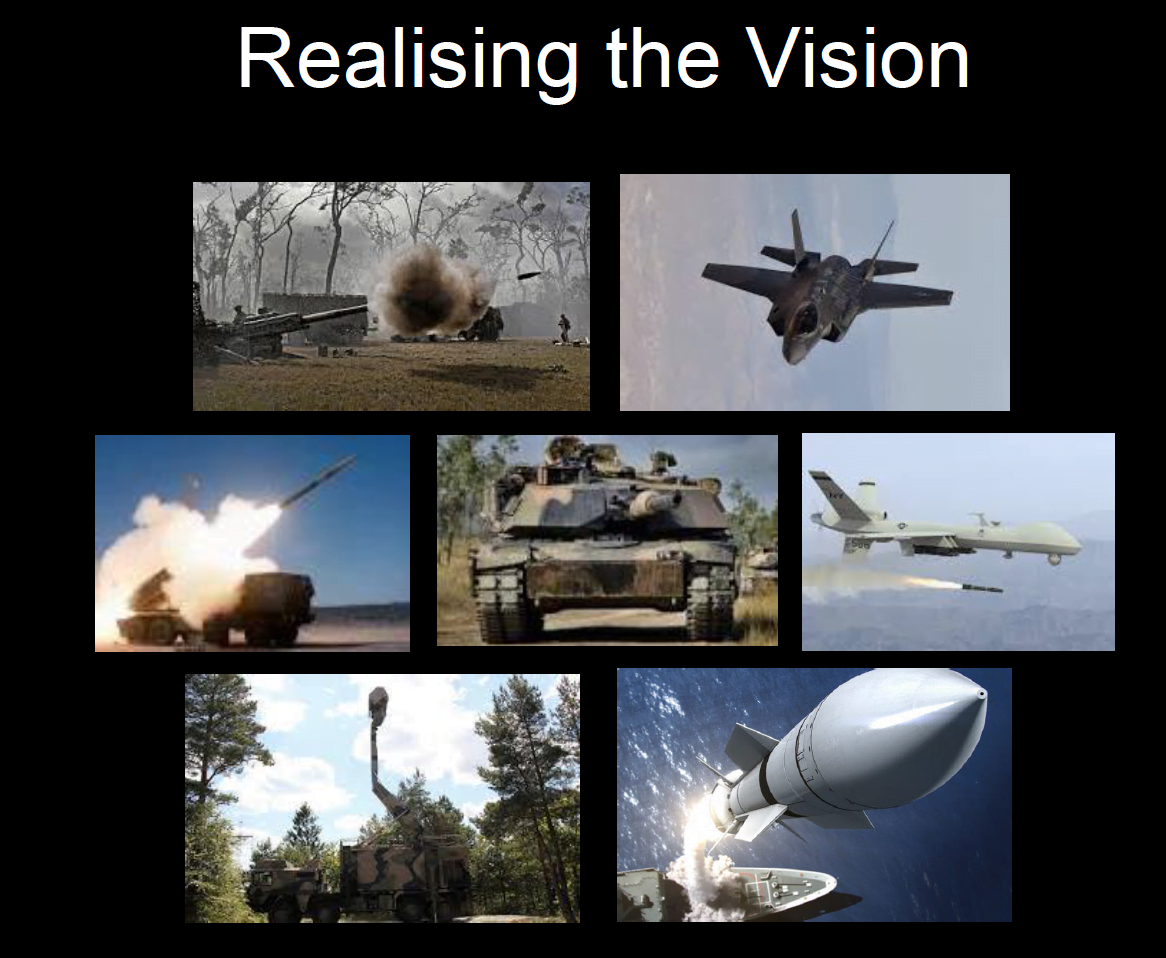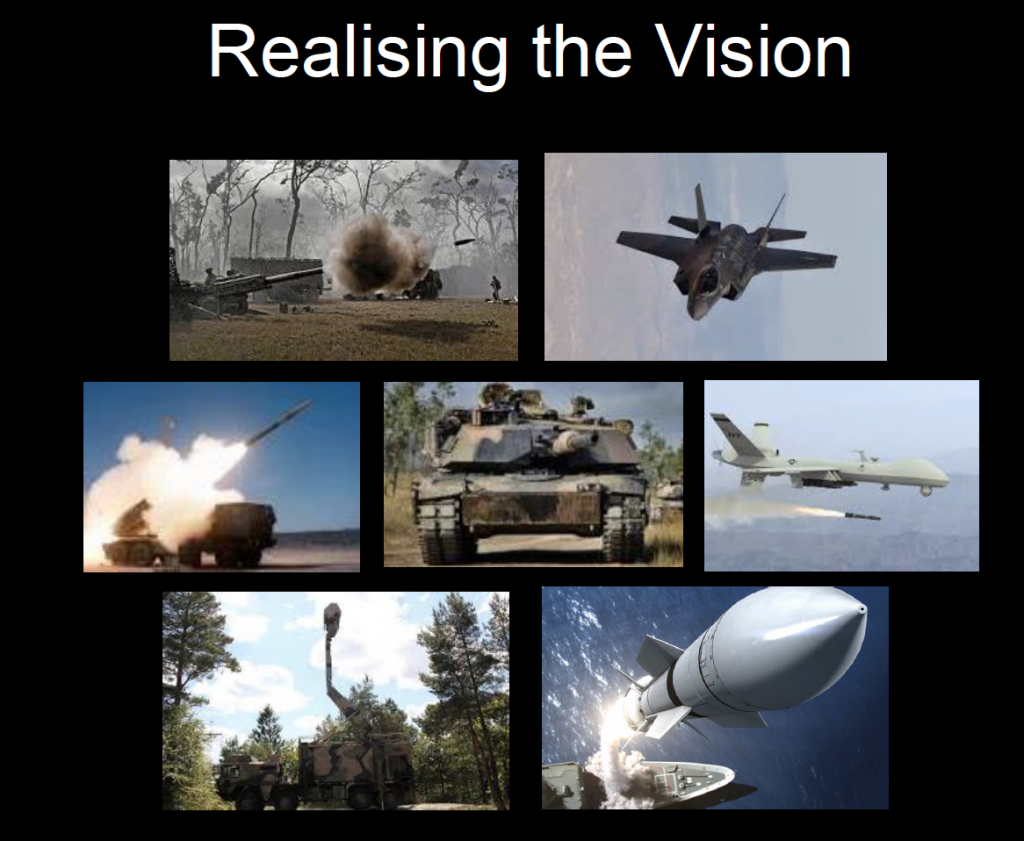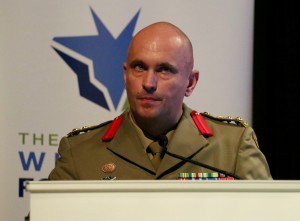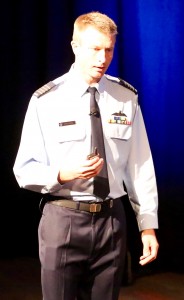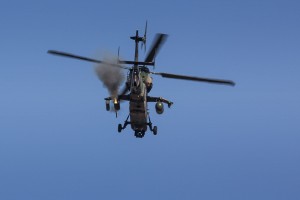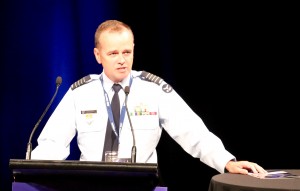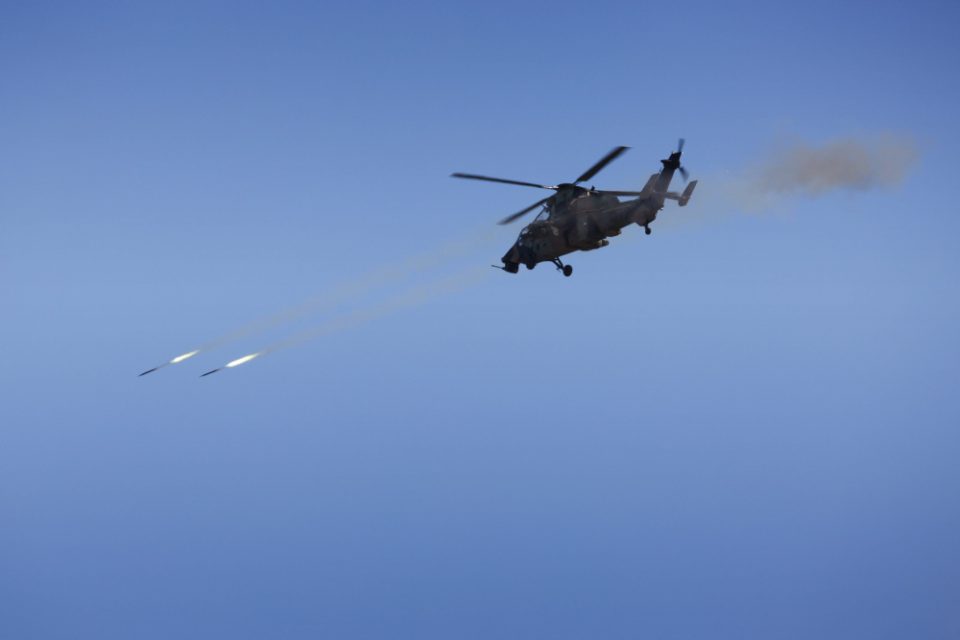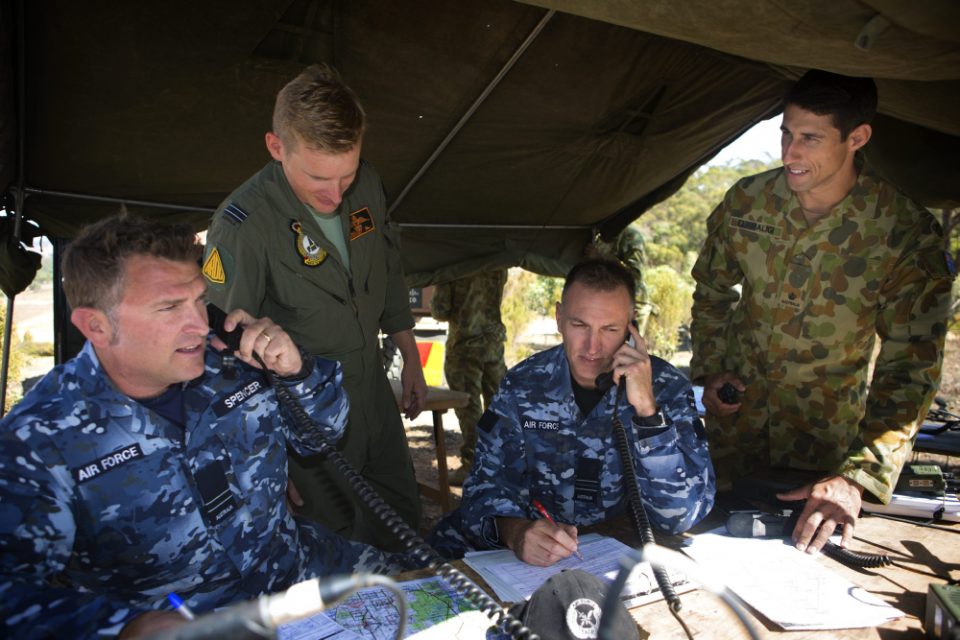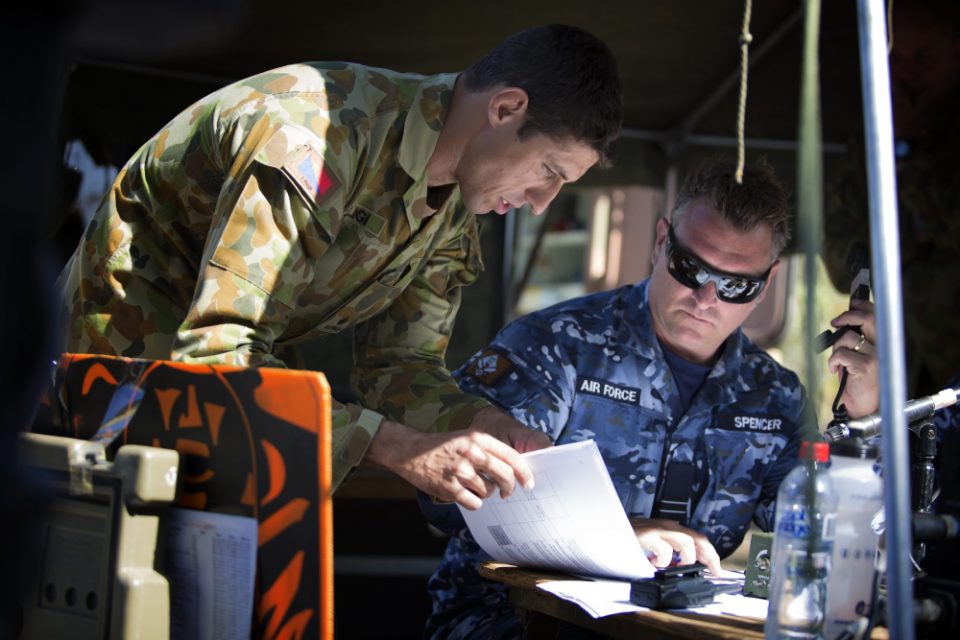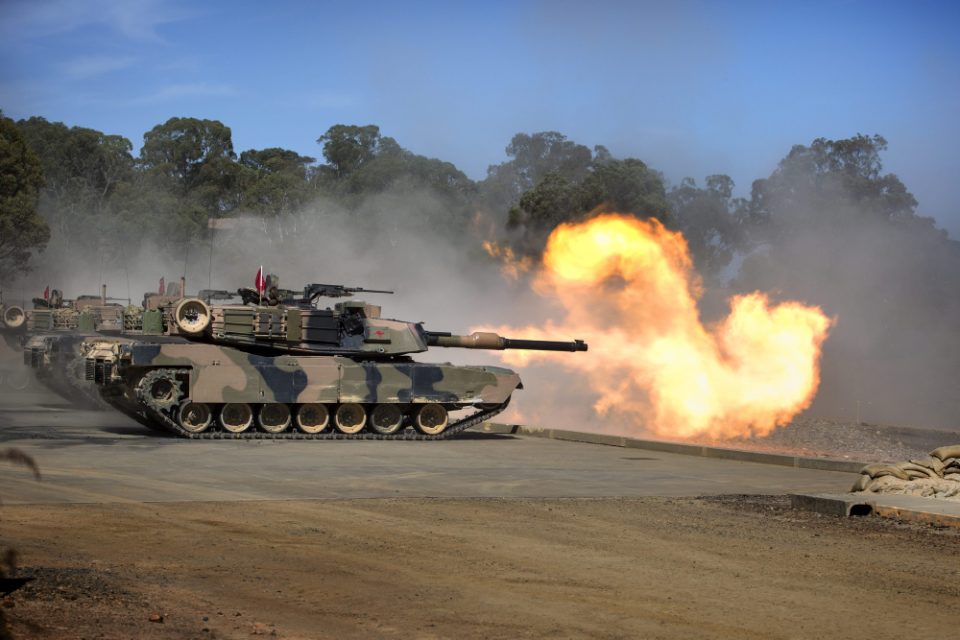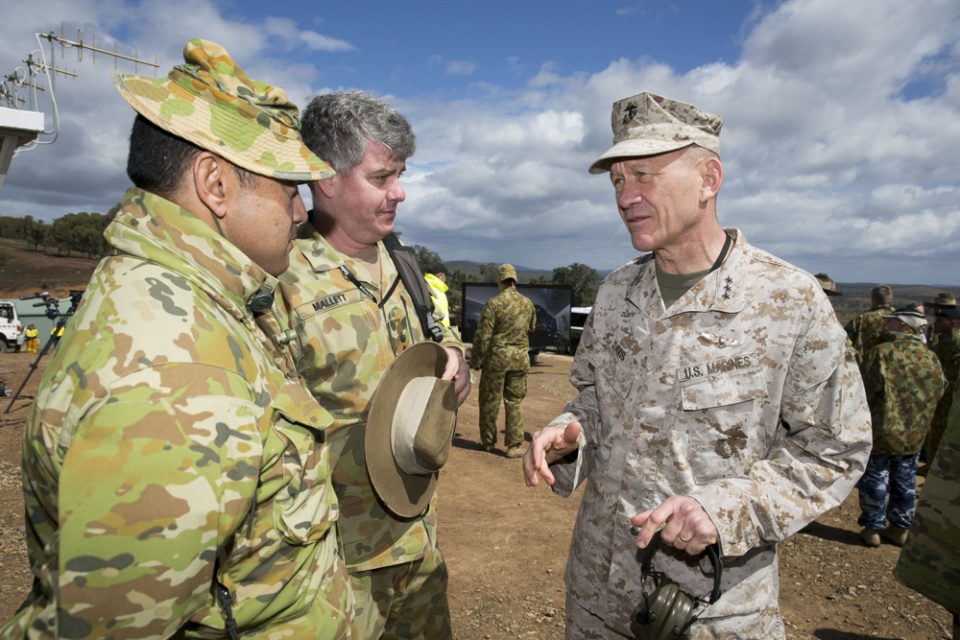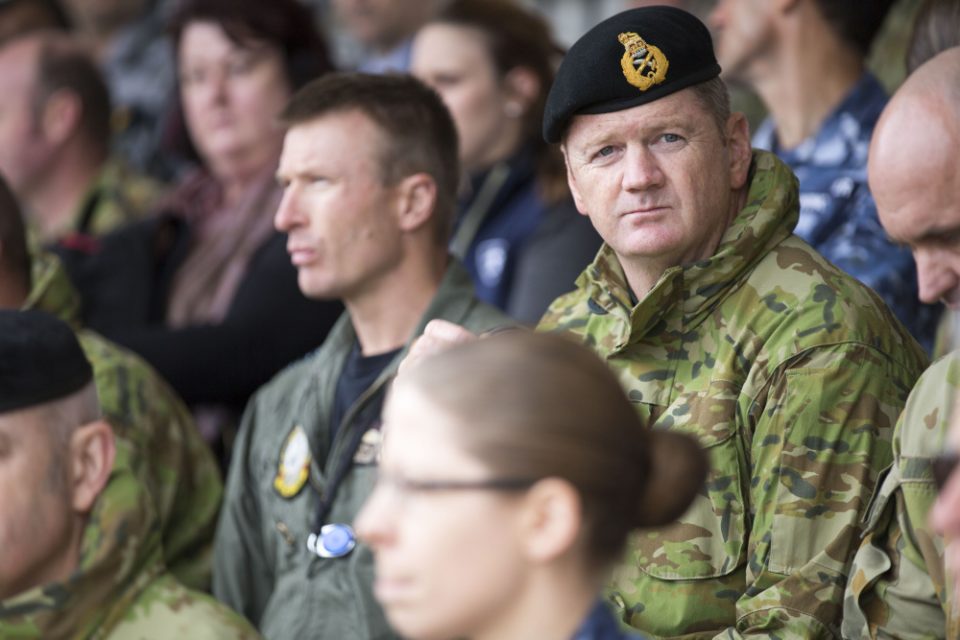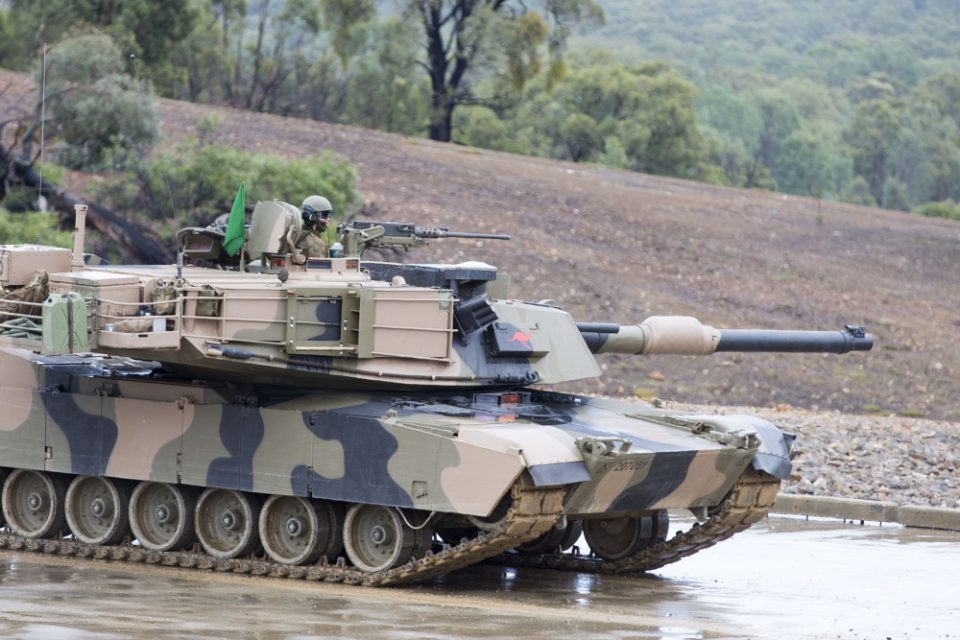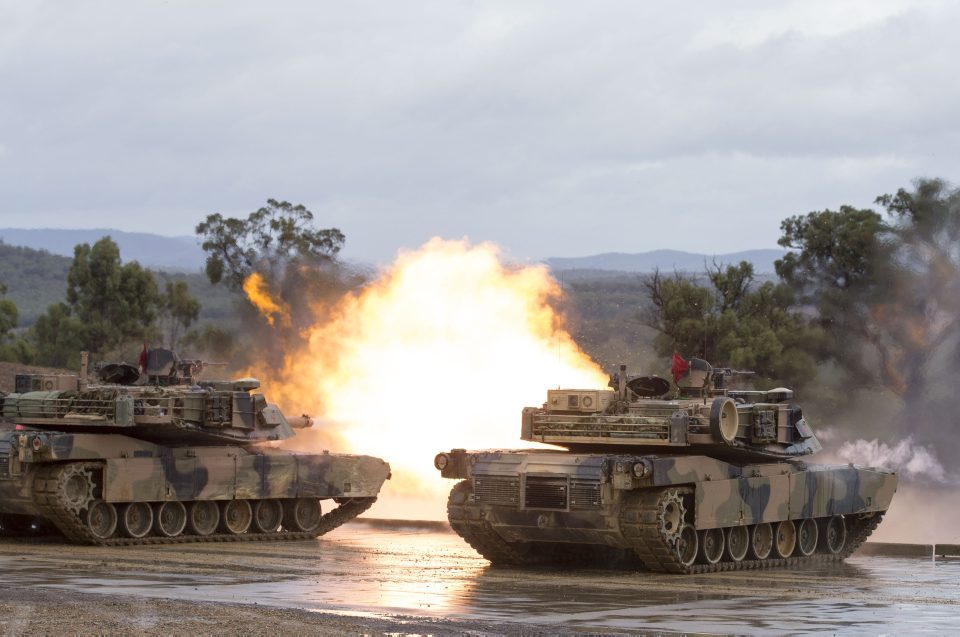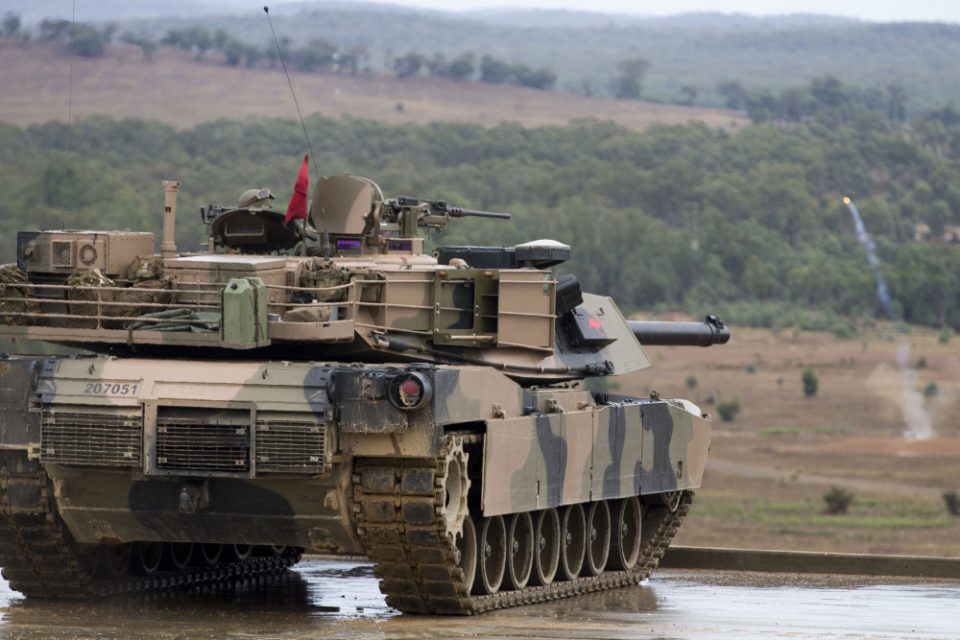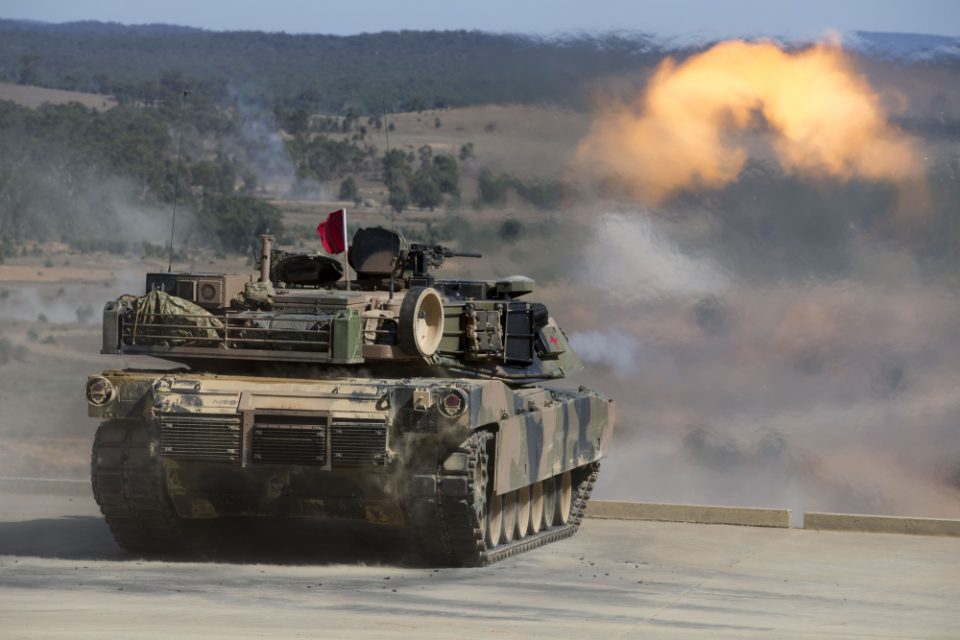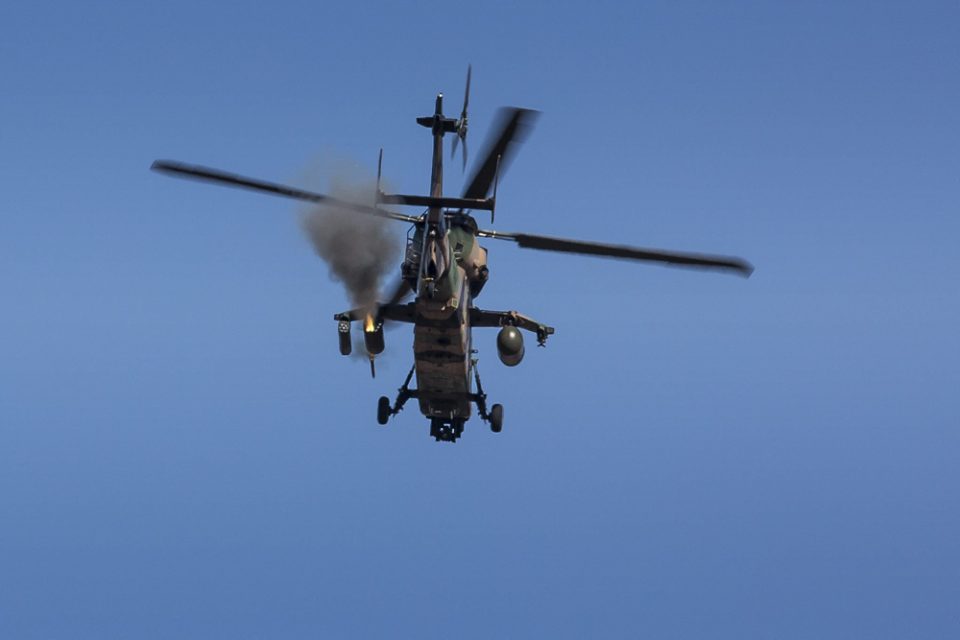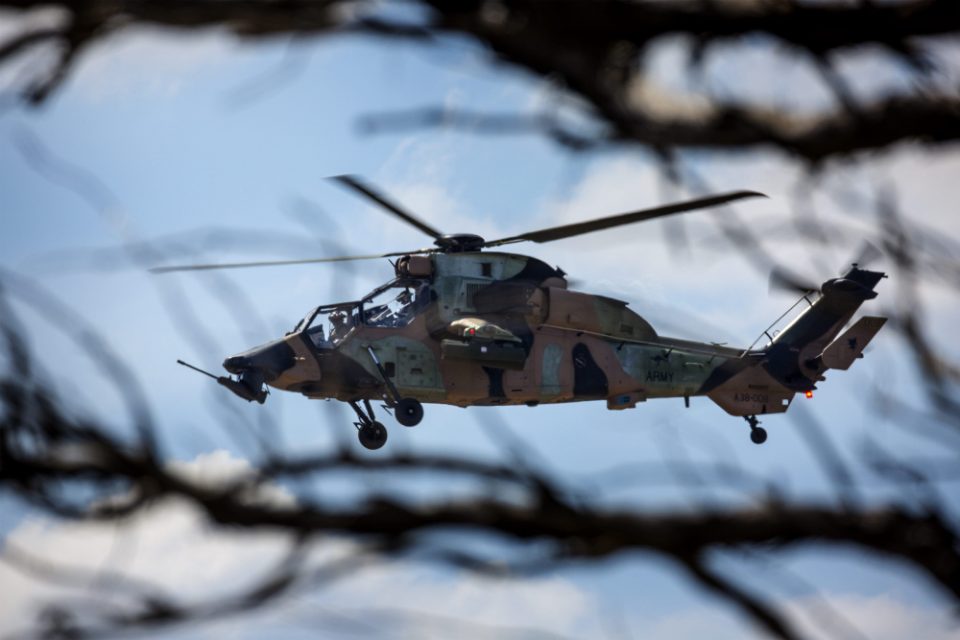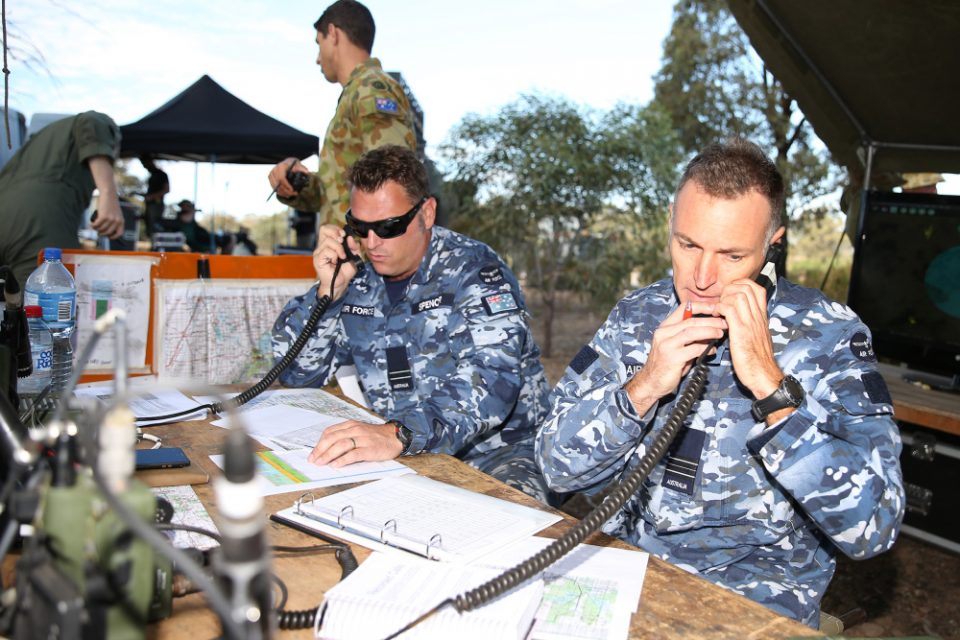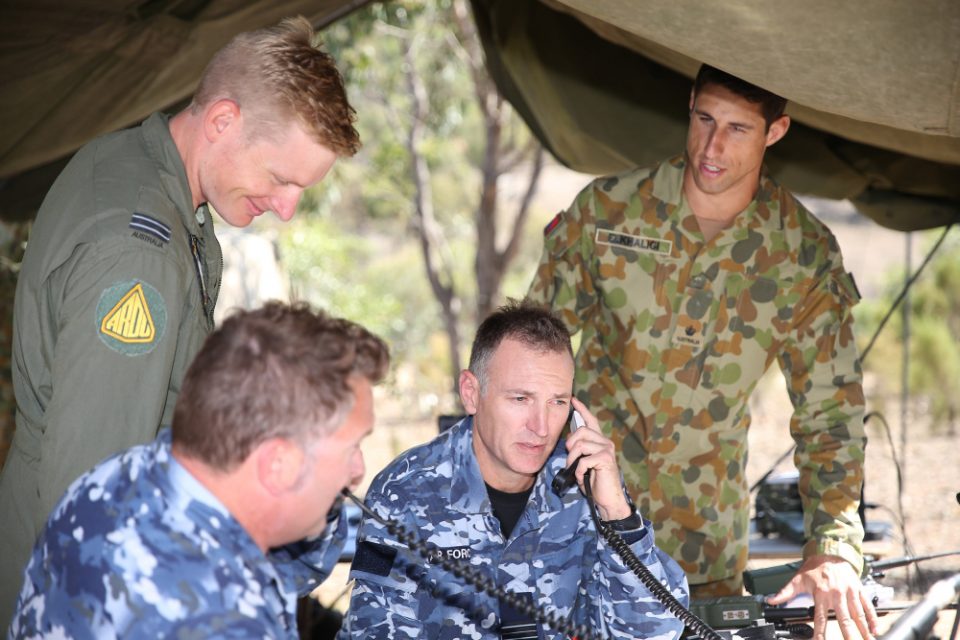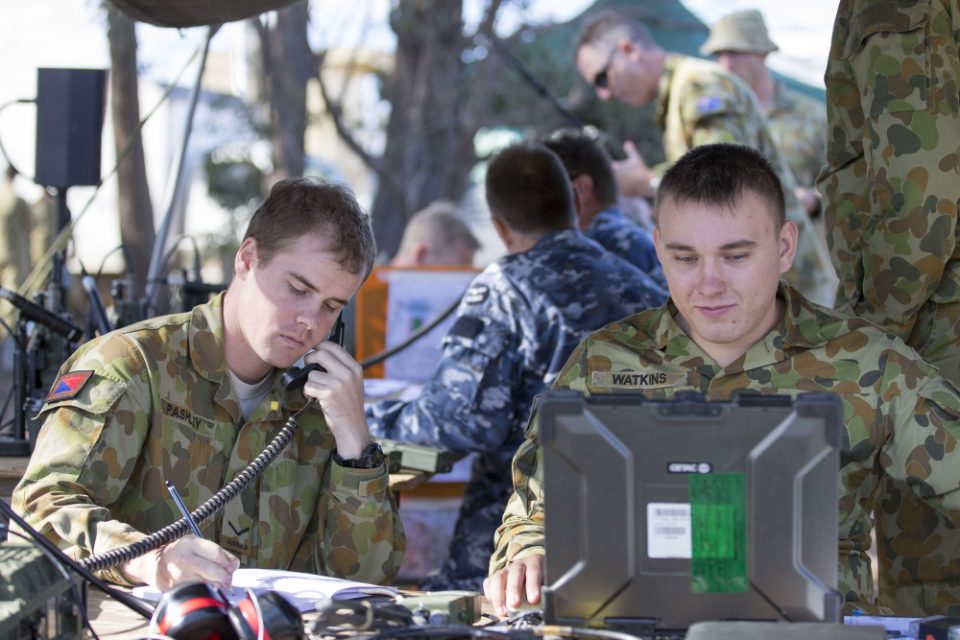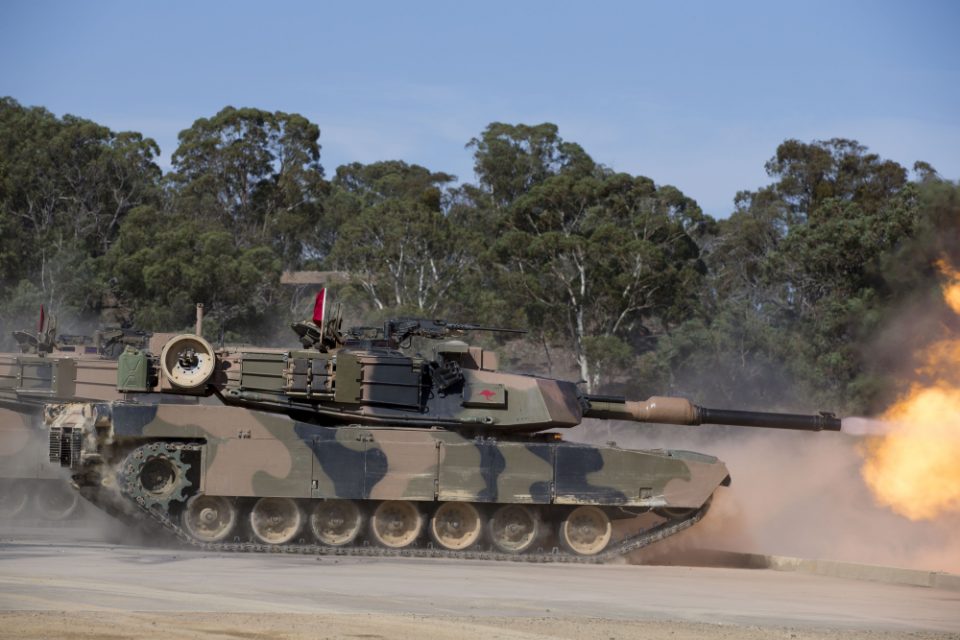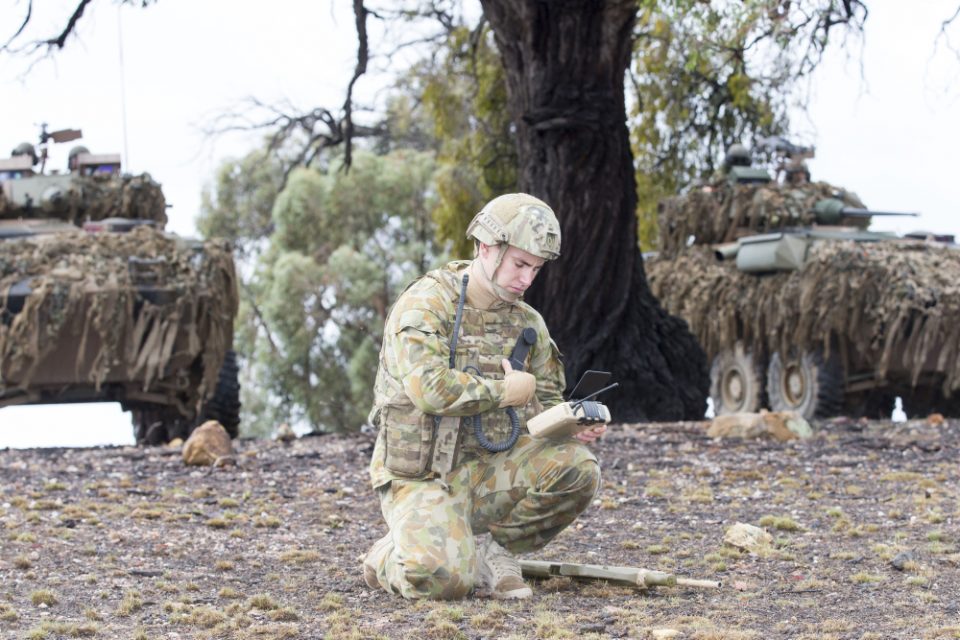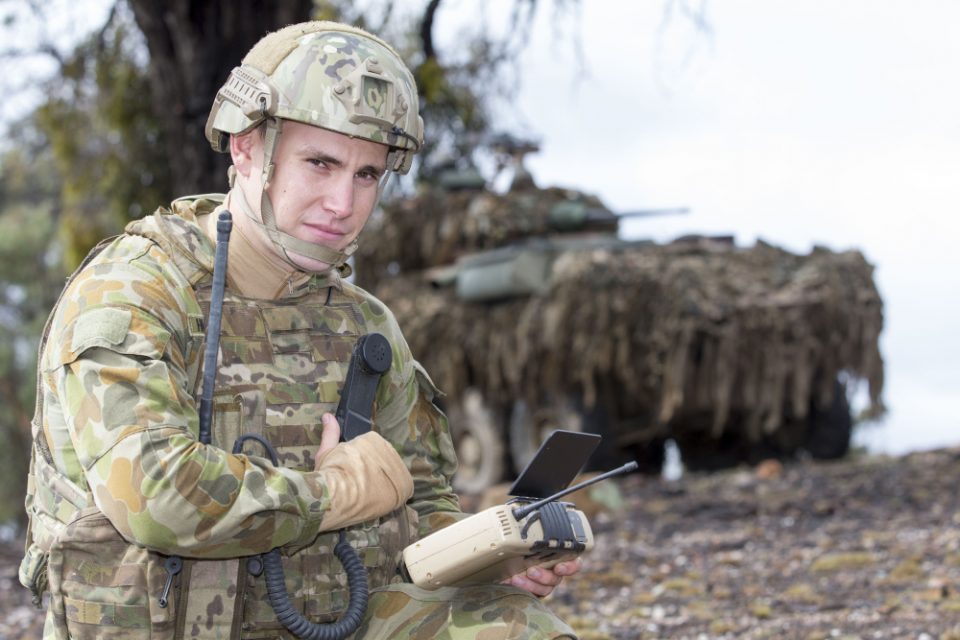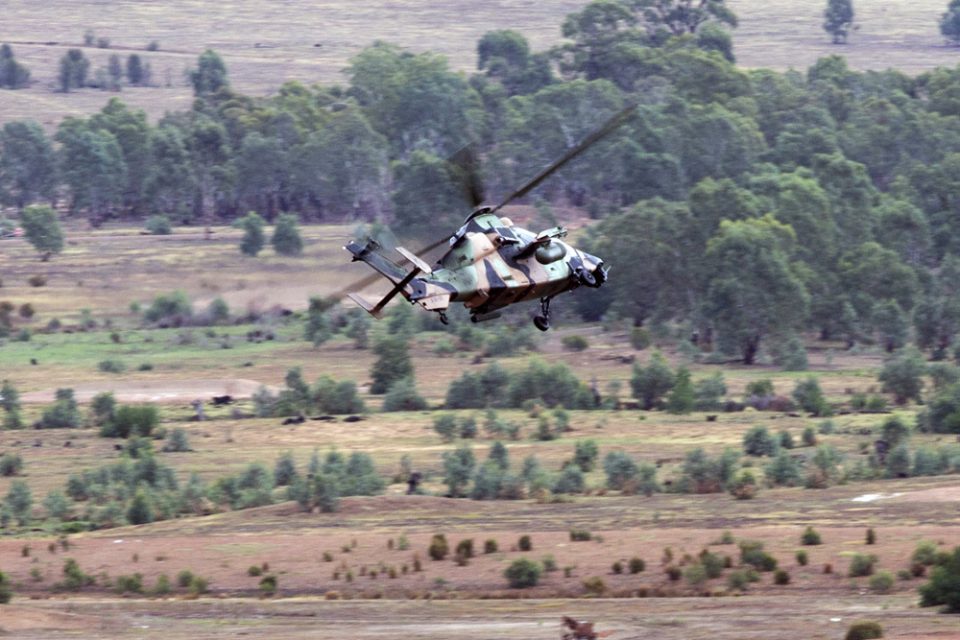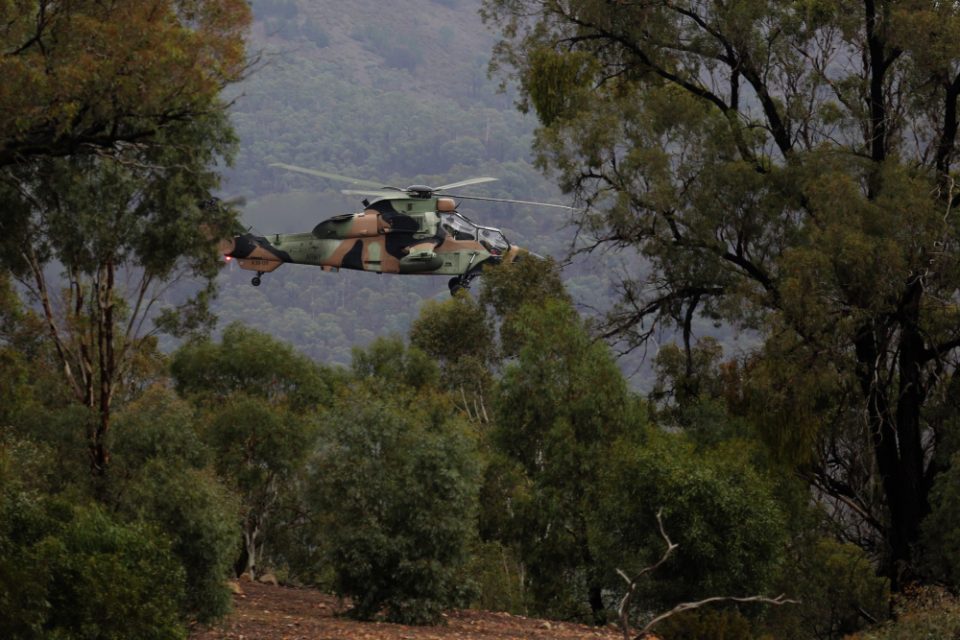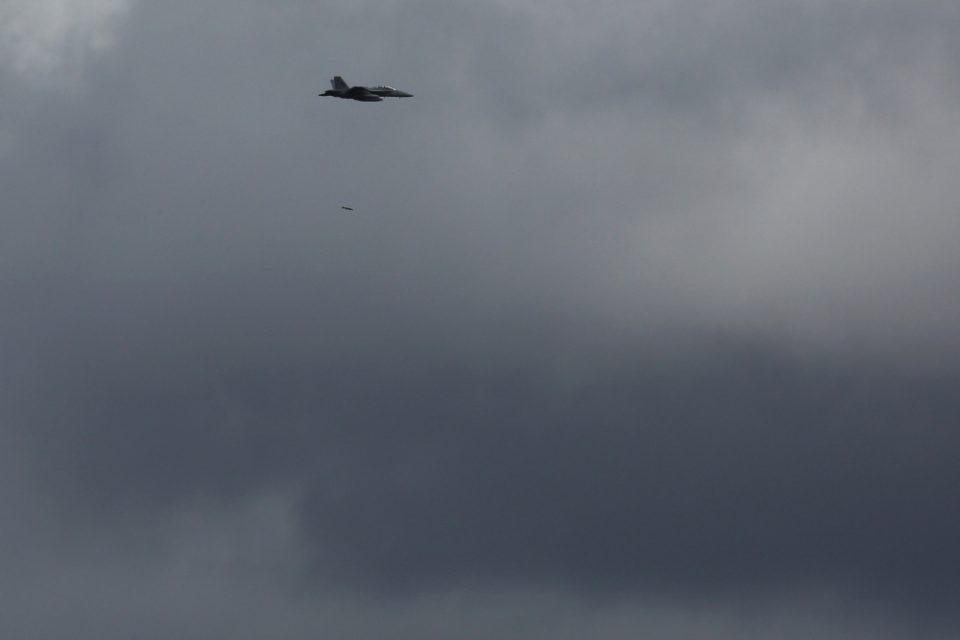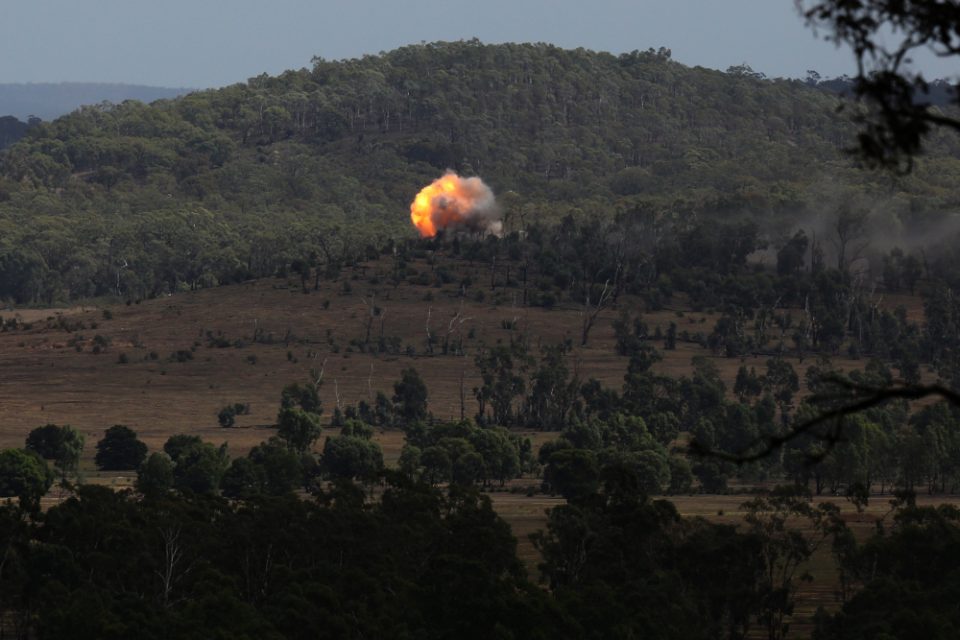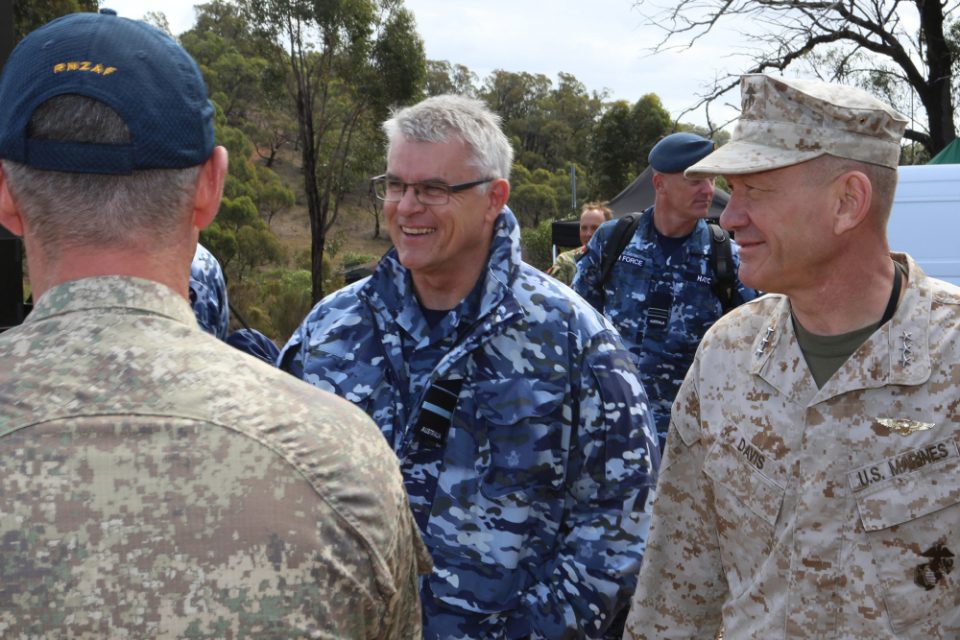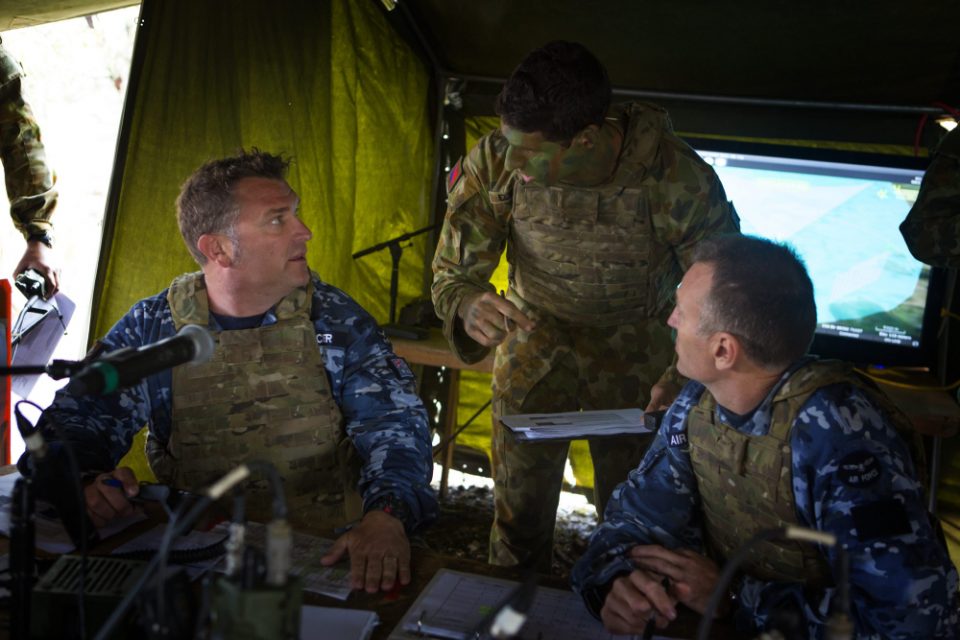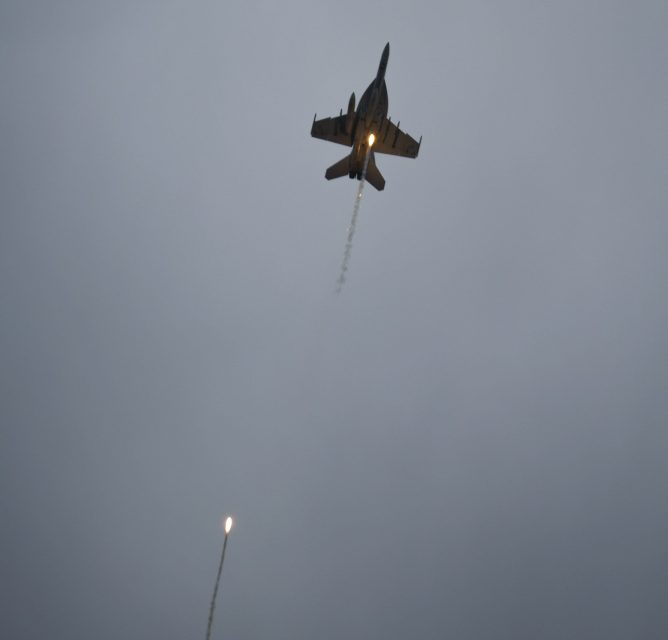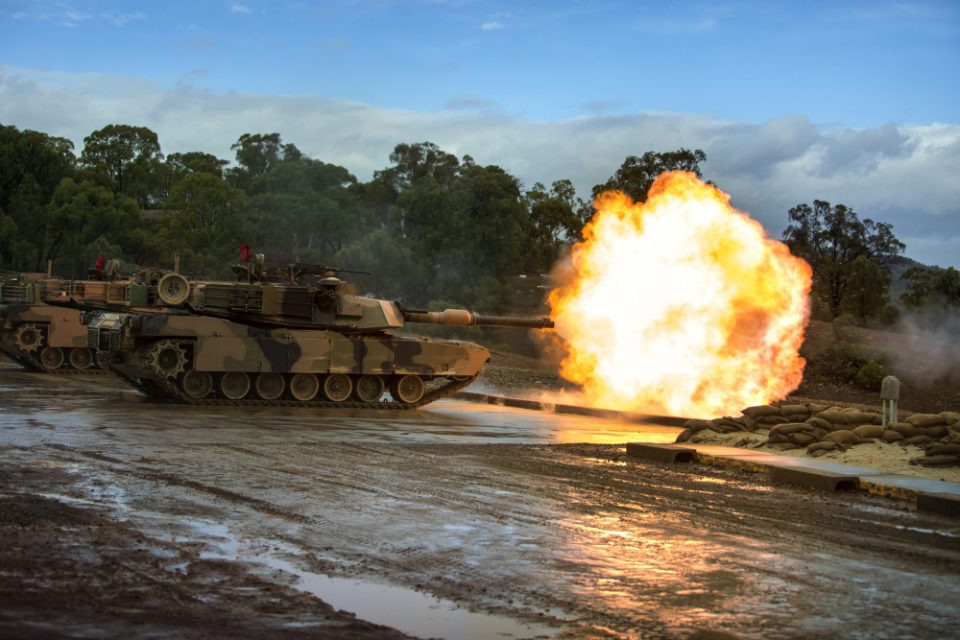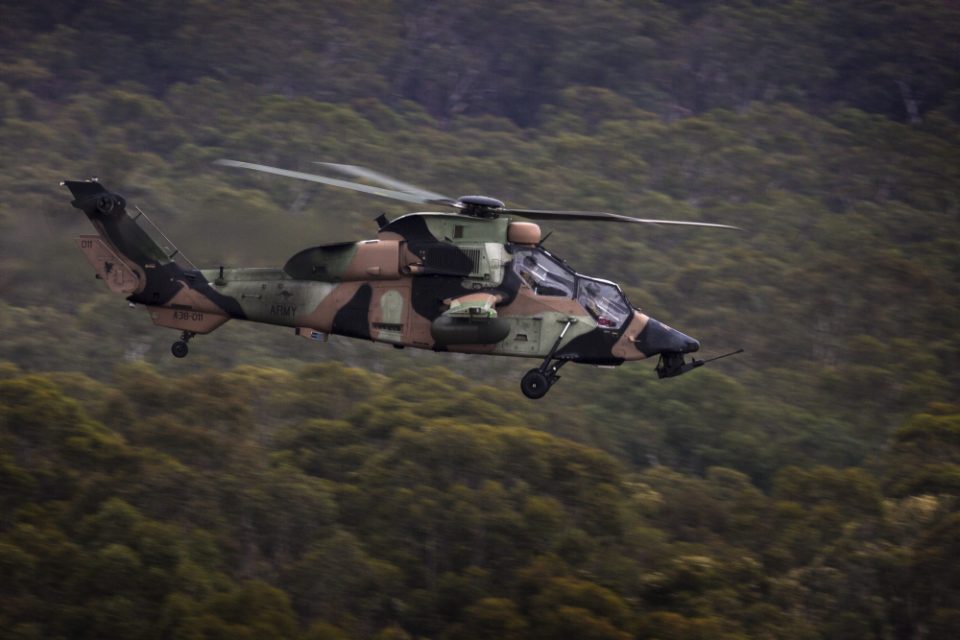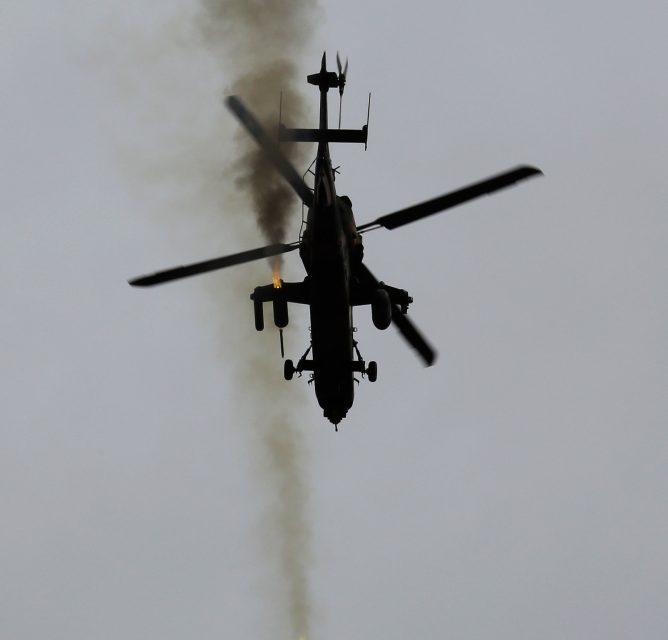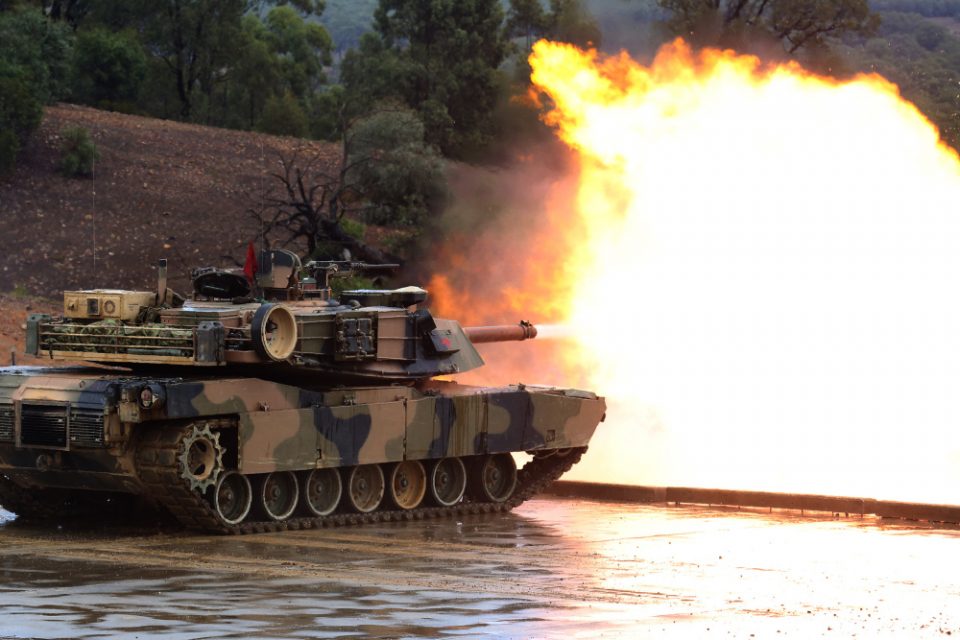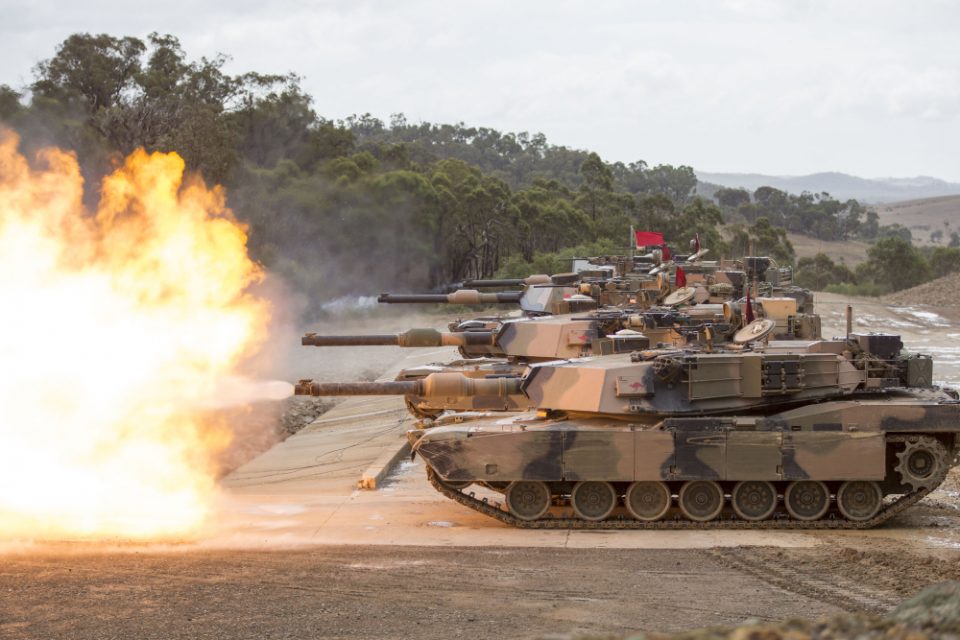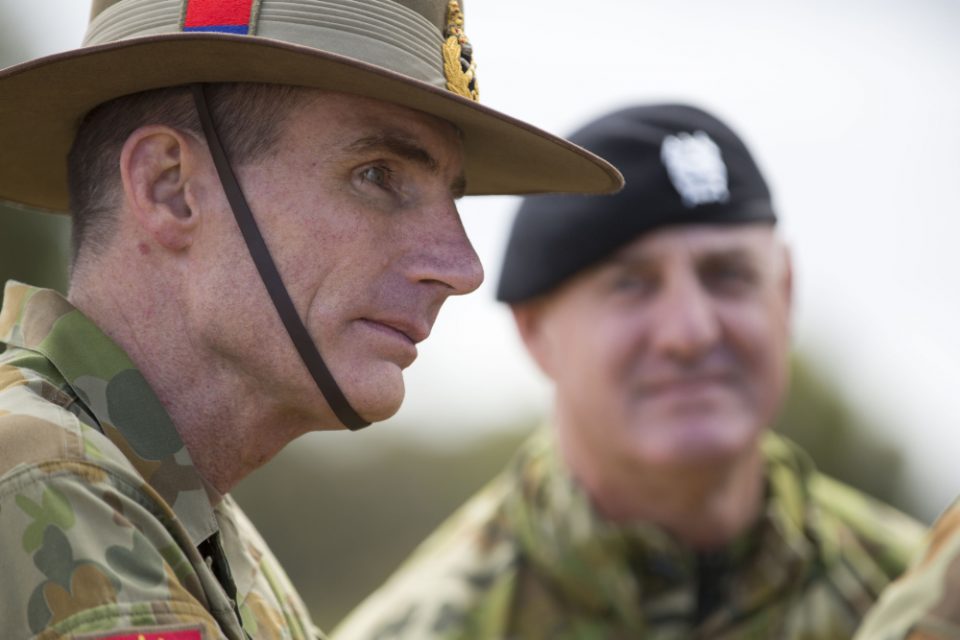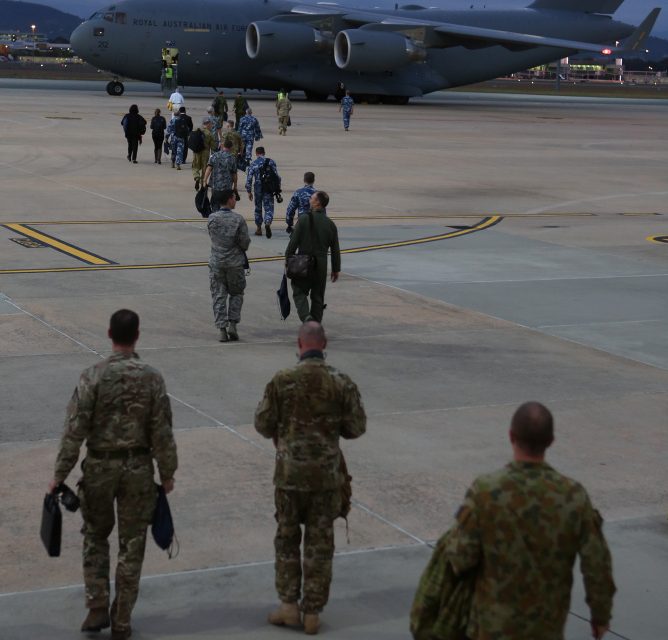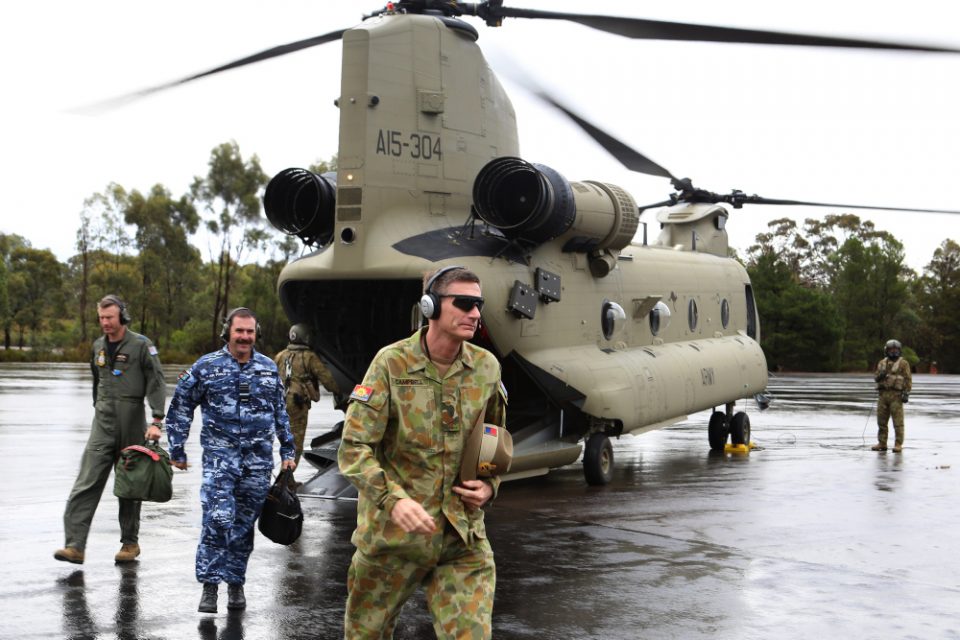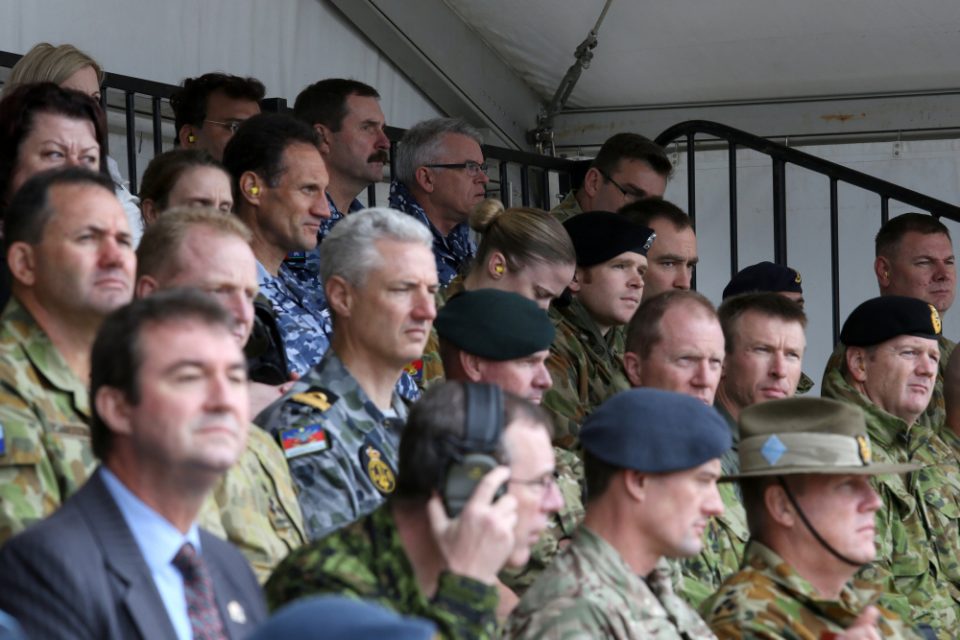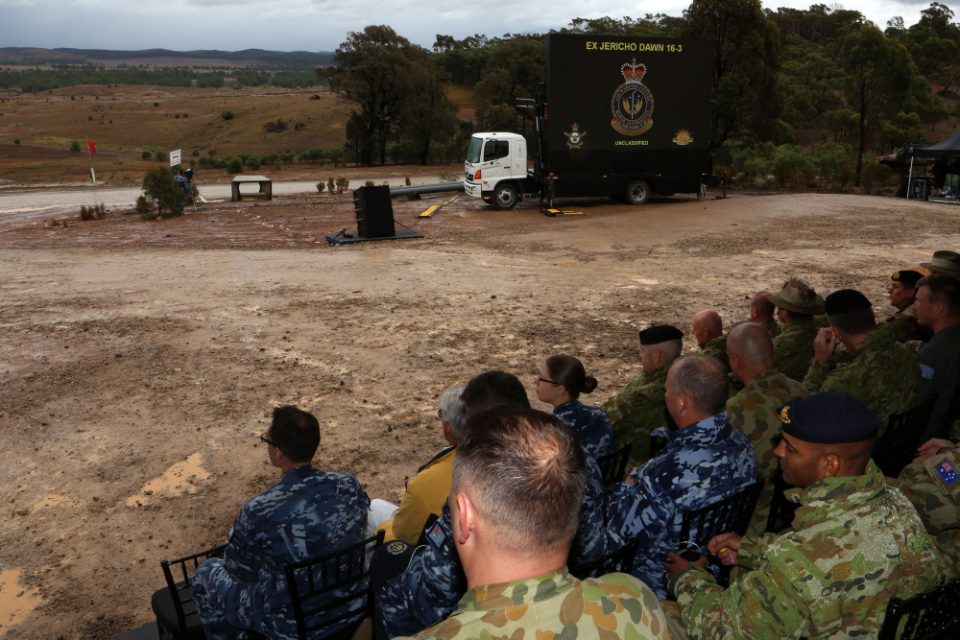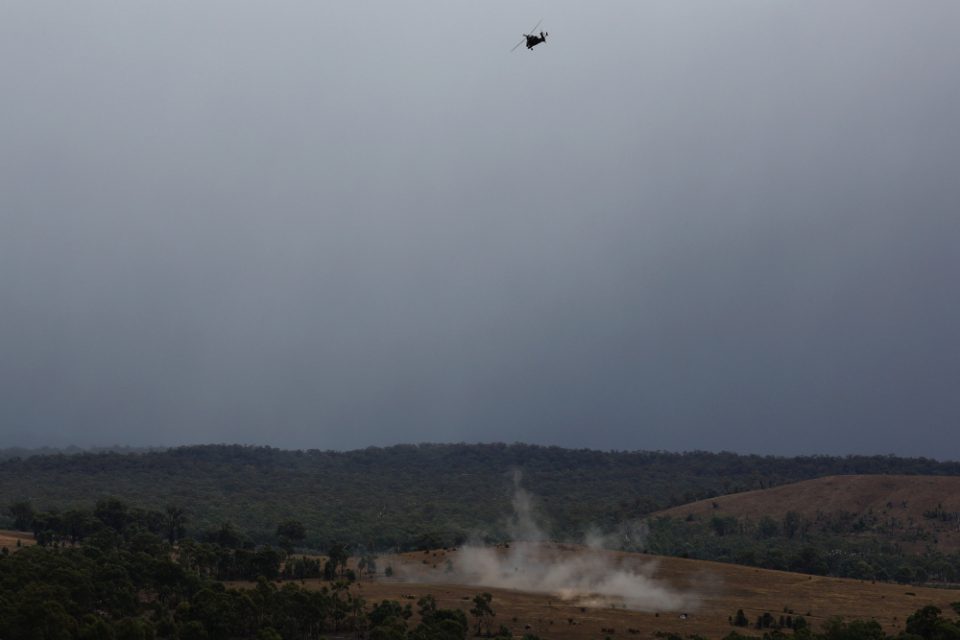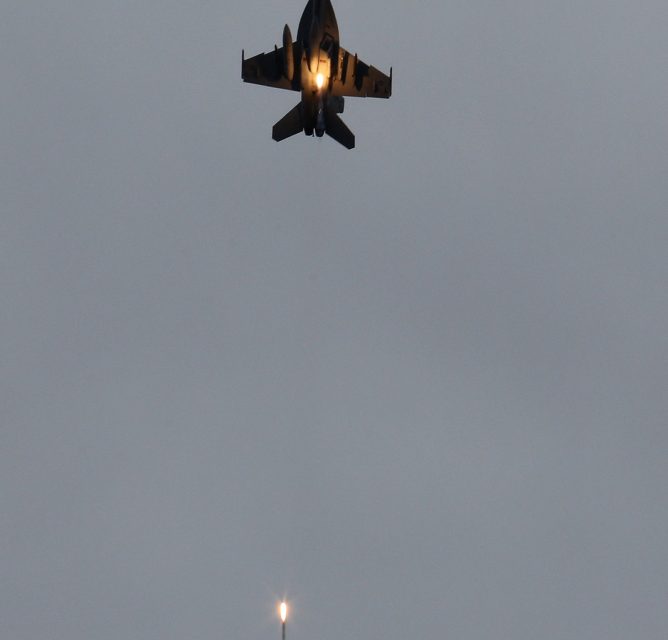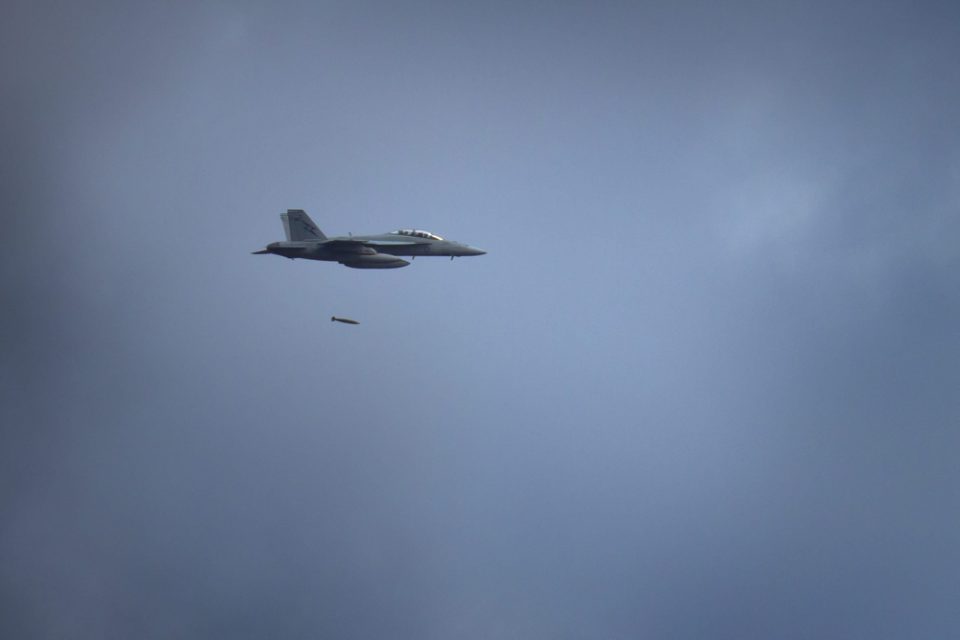2016-04-24 By Kenneth Maxwell
President Barack Obama was in London this week on his way back from a visit to Saudi Arabia.
The visit to Britain was a valedictory visit of sorts.
It will probably his last visit to the United Kingdom as the President of the United States.
On Friday he took his presidential helicopter to Windsor Castle, together with his wife, Michelle, to see Queen Elizabeth II and her husband, the Duke of Edinburgh.
The 95 year-old Prince Phillip drove his wife and the Obamas back to the castle in his range-rover.
It was the day after Queen Elizabeth’s 90th birthday.

The Obamas then retuned to London for a private dinner with Prince William and Kate Middleton, otherwise known as the Duke and Duchess of Cambridge, at Kensington Palace.
They also met the young prince George.
The next day, Saturday, Obama went to the Globe Theatre in London, where he saw a brief performance of Hamlet on the 400th anniversary of Shakespeare’s death in 1616.
And he then participated in very well successful meeting and discussion with hundreds of London school children.
But Obama’s main contribution was his declaration about “Brexit” at Downing Street on Friday afternoon, during a news conference with David Cameron, the British Prime Minister.
On June 23, 2016, Britain will vote in a referendum on whether Britain should leave or remain in the European Union. Barack Obama could not have been clearer.
He said that Britain would be weaker and less influential outside the European Community.
And he added that in terms of free trade deal with the US, something those campaigning for Britain to leave the EU are claiming would be an alternative for a post-EU Britain, he could not have been clearer.
He said that in terms of free trade deals wit the United States, Britain would be at “the back of the queue” using British, not American terminology, for Britain having to wait at the back of the line.
Since the ability of the UK to make trade deals outside the European Community has been one of the “Brexiters” main contentions, he undermined one of their principal arguments for a British exit.
The “Brexiters” were predictably furious.
The more so because they are mostly instinctively pro-American “Atlanticists.”
Obama’s point of view was, the “Brexiters” quickly claimed, the posturing of a “lame-duck” president.
Alexander Boris de Pfellel Johnson, better know as Boris Johnson, the outgoing conservative Mayor of London, who is also a highly paid journalist, had already struck a pre-emptive blow against Obama who he called “perverse” and a “hypocrite” in his expected opinion about Britain remaining in the EU.
He had accused Obama of being hostile to Britain because of his “part-Kenyan ancestry” which meant he claimed that Obama had an “ancestral dislike of the British Empire.”
Moreover, Obama had, Boris, claimed “removed the bust of Churchill” from the White House.
But the White House has already said that the story of the removal of Churchill’s bust was “100% untrue.” Churchill’s bust is still in the White House in the residence outside the Treaty Room.

Obama said that he had placed Martin Luther King’s bust in his office. Obama said that in any case, regarding Winston Churchill, that he “loved the guy.” Churchill’s grandson, the conservative member of parliament, Sir Nicolas Soames, who is in favour of Britain remaining within the EU, said that Boris Johnson’s comments were “deplorable” and were “completely idiotic.”
Ironically, Boris Johnson, was born on the East Side of Manhattan, and has US and well as British citizenship. He was recently involved in a tax dispute with the IRS. But has apparently now paid up.
He has said that he intends to renounce his American citizenship in order to prove his “commitment to Britain.”
He has made no secret of the fact that he is ambitious to succeed David Cameron as prime minister. His supporters think he is entertaining and humorous.

But his detractors think he is lazy, dishonest, and prone to use homophobic and racist language.
The British public can expect much more of this as the June referendum over Britain “in” or “out” of the EU approaches.
President Obama, who is very popular in Britain, has now made it very clear where the US stands on “Brexit.” He was in fact absolutely right to say what he said. All foreign leaders have said the same thing.
But Boris Johnson and his pals have also made it clear where they stand.
And the tone of Boris’s response to President Obama’s intervention means that the debate has only one path ahead now. And that is down hill very fast.
Editor’s Note: The cartoon is from the following:
http://edition.cnn.com/2016/04/22/europe/obama-british-reaction/
Editor’s Note: Three additional points can be added to the original article by Kenneth Maxwell.
The first is that the President learned that it is not a good idea to tick off a 90 old woman, particularly when she is the Queen of England.
Having long memories of what the President’s security air flotilla did to her lawn, she made it clear to the President that he was allowed only three helicopters on his return visit and would comply with her security requirements when eating at his and not imposing his own.
According to the Express:
Her majesty called the US president’s bevy of choppers “over the top”, meaning the Secret Service had to rethink their plans to land about six aircraft in the 300-year-old gardens of her main residence during his tour of the UK this week.
The Queen put her foot down and said there was no chance his extensive security backup would be accompanying him to Windsor Castle.
She said only three helicopters, including the president’s personal aircraft Marine One, could land on the lawn when Mr Obama, 54, and his wife, Michelle, 52, came for dinner with the Queen and Prince Philip to celebrate her 90th birthday.
Her insistence came after the president’s helicopters damaged the grass when half a dozen of them landed during his last visit in 2011.
The engines’ heat scorched the grounds and the wheels left divots in one of the UK’s oldest lawns, planted during the reign of Queen Anne in the early 1700s.
One royal source told the Daily Star Sunday: “It was a write-off and the Queen was not amused.”
An insider said US aides refused to change their plans on security grounds but came around to the Queen’s wishes eventually
How nice of the “US aides” to remember to recognize that they were not visiting an off-site American facility!
“She rarely imposes her will but when she does people listen – it just took the US Secret Service agents a little time to realise that.”
http://www.express.co.uk/news/royal/663896/Queen-banned-Obama-helicopters-Windsor-Castle
Obviously, these people have never had grandmothers!
But then it got even more amusing, when the 94 year old Prince Philip insisted on picking up the President and driving in his own Land Rover.
And behind was the President Limo anxiously following the 90 plus Prince consort!

The second is that always be wary of the political analogy which can be bounced off of your words.
Did some of the key Brexit supporters really put in front of the British public that the glorious opportunity to pursue and Albanian model could be theirs?
According to Maxwell, Michael Gove, the Justice Secretary in Cameron’s government, and another leading “Brexiteer”, said earlier in the week in a major speech that outside the EU Britain “would thrive.” He said that The “UK would join Bosnia, Serbia, Albania and the Ukraine” in a European free trade zone.
His critics were quick to point out the “Albanian model” for a post-EU Britain.
It is surprising that he (or Boris Johnson) did not also revive the memory of Ahmet Huhtar Zogolli, King Zog, the self proclaimed King of Albania from 1928-1939, who settled into the “Ritz Hotel” in London during the Second World War before leaving for exile in Egypt (at the time of King Farouk) and died in France in 1961.
The third is that when is a referendum not really the final word? When it is a British referendum.
The British constitution has a very long history and it is about the role of Parliament in making laws, not about direct election of the Prime Minister or of laws which will govern the realm.
This means that even if the British public or more accurately some percentage of the British voting republic does vote for the Bretex option, that is merely the beginning of sorting out what really will happen. Although David Cameron would be gone, and most likely elections held, the next Parliament and government would sort out the way ahead with the recommendation from the referendum as a key data point.
Does this mean Britain leaves the Commission and stays in the Council of Ministers? Does it mean both? IF Britain remains as part of the Council of Ministers it could be in Europe but out of the Commission, which might be more than enough to satisfy the way ahead and perhaps act as a jolt to the rest of the Commission member countries.
After all, what is really at stake is how well the Commission have served the citizens of the European nations and whether the Commission has outlived its usefulness in its current form in any case.





